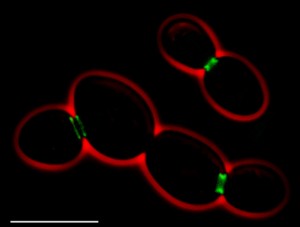Written by: The Midland Certified Reagent Company
Oligo labeling continues to thrive.
During the oligo synthesis process, a method of tagging the nucleic acid is done through labeling. Depending on the type of modification and excess purification required, prices can be extremely high. Inflated prices have been the reason why labeling kits have been one of the preferred methods of application.
Some companies require the modified oligo quantity to be much higher than the unmodified versions therefore forcing researchers to purchase an excess amount – outweighing the total desire. The prerequisites outnumber the total qualitative need of the researcher and an alternate option is often considered.
There are several types of reagents available that efficiently label oligonucleotides. Most of them are used preferably to make small amounts of probes. Enzymatic methods and chemical methods differ in that they are used for different sizing scales. Enzymatic is more cost-friendly for smaller scales while chemical methods are acquiescent to large scales.
 Reagents that are fluorescent are important to stain or chemically label the oligonucleotides. Becoming fluorescent probes upon completion, they can detach antigens and assist in the cellular imaging process. A fluorescent label applied to an oligonucleotide essentially becomes a fluorescent probe. High content analysis of the oligo can therefore be verified and found.
Reagents that are fluorescent are important to stain or chemically label the oligonucleotides. Becoming fluorescent probes upon completion, they can detach antigens and assist in the cellular imaging process. A fluorescent label applied to an oligonucleotide essentially becomes a fluorescent probe. High content analysis of the oligo can therefore be verified and found.
Nucleic acids in need of purification or detection are modified through a tagging process. The result is a probe that can used to identify and separate various molecules. Advancements in technology have given researchers opportunities to thrive in their laboratories with low-cost – but efficient – methods of performing the labeling process with a stable success rate.
